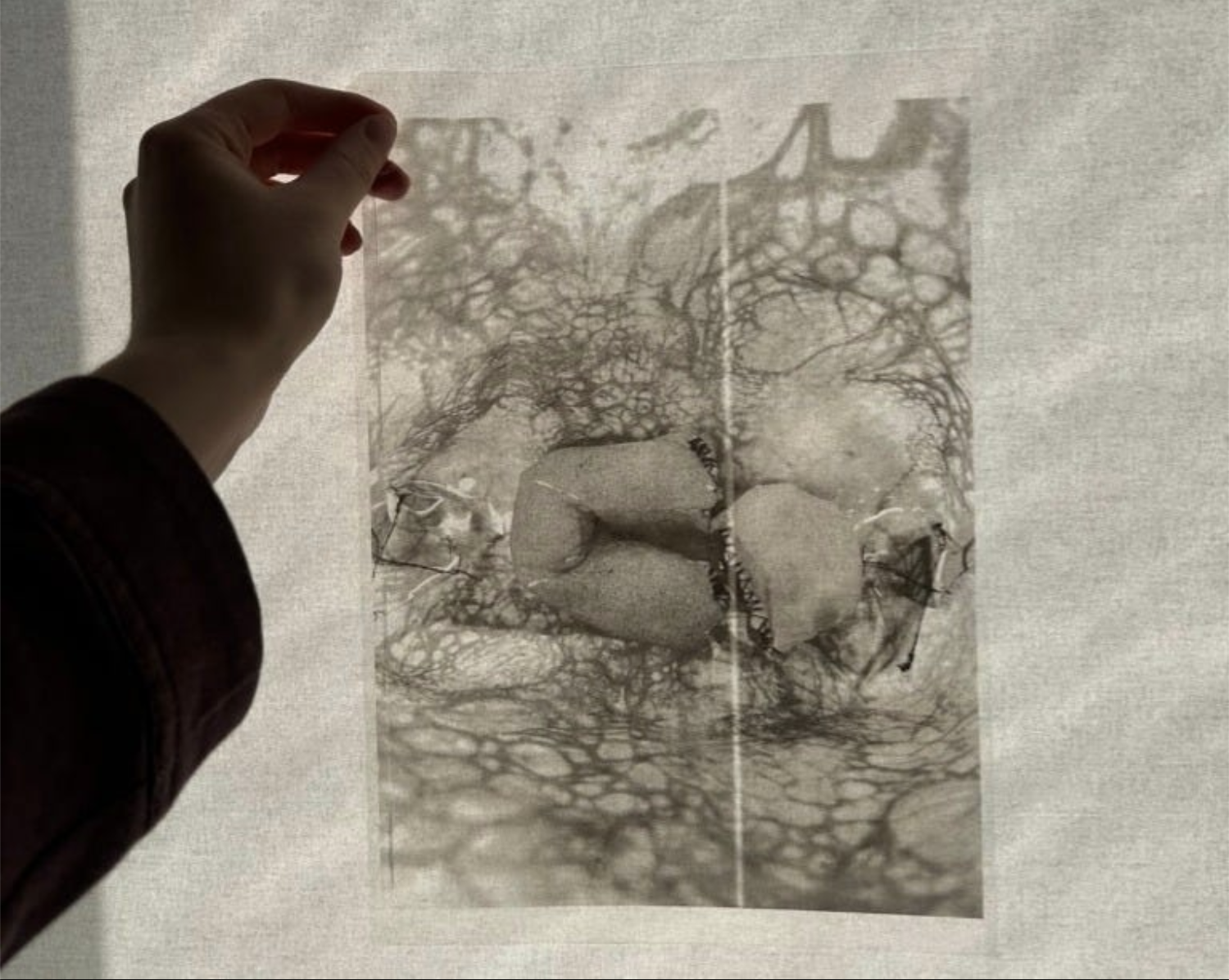Memories of Bodies
Using materiality to understand my instincts
View this post on The Everyday School of Art via Substack
Over the Easter holidays we’ll be working on anatomy projects to bring to a close a term of drawing from cadavers in the dissection rooms at Oxford. While I haven’t yet decided my plans for that project, I have in my head the work I made last year, on my Foundation course. Palm-sized (organ-sized) objects; cast plaster forms (internal forms), paper and acetate bags, containers.
Rowan Briggs Smith
The anatomy project feels like a useful way to connect that body of work to my current body of work, which made me think about the way we refer to time periods of work as bodies and what it is about that way of grouping work that is so body-like. My objects are currently packaged together in a cardboard box under Mum’s desk, taped up and hidden, but I remember what they looked like together in there when it was open. The materiality takes over my memory (chalkiness of the plaster, slipperiness of the acetate, greasiness of the oilskin). I made a few drawings of the box over the summer, and I think now those images of the box have shifted the way I picture it.
Rowan Briggs Smith sketchbook page
When they opened up the torso of the cadavers in my anatomy lessons (rib cage lifted up and off, thoracic cavity hollow, abdominal cavity visible), it reminded me of the cardboard box being open. The box becomes a body of organs, my body from last year.
I want to include the ambiguity of these memories in my next painting – a grounding in the tactility of materials (imagining the viscosity of the paint I’d use and the whiteness of the objects). Last week, I stretched a piece of canvas across the wall. I didn’t think I liked painting on canvas, but feeling the surface of the fabric as I primed it brought me into the present in the same way that making objects did last year. The tautness, the slight spring in the canvas of a couple of millimetres before it hits the wall, the way the weave distorts at the edges where the fabric has shrunk so dramatically after drying, and the way the primer both soaks into the grain and sits upon it. I’m imagining mixing a light beige, a greenish-yellow ochre and brushing it onto the surface of the white.
White things: plaster casts, leather gloves, lace crumpled or hanging against a window – points of both connection and division.
Strength and fragility, translucency without transparency, capillary networks.
The starch and stiffness of a collar. The flower of the mesentery.
I want to paint a figure, and I can’t paint an identity-less figure. I’ve tried that, and I can’t settle with not knowing what that makes my relationship to the painting, not knowing who it is.
Rowan Briggs Smith sketchbook page
I want to give wings to a figure – not to say I’m literally painting wings, but a figure in white space, gown and space slipping in and out of focus, the fabric becoming the swan. I’m interested in the body of the little worm person from William Blake’s illustration, and the stone mermaids, and the bird on the canal that already looked like a carving, heavily sculptural.
William Blake - For Children. The Gates of Paradise, Plate 18, "I have said to the Worm . . . .
I think my pull towards the materiality of the canvas and the presence of the objects in my mind at the moment has to do with an instinct to implement more different ways of working that let me connect to the physical processes. I’d like to return to printmaking processes (etching) because I enjoy the possibility of accidental or unplanned interferences and how those can make small worlds within the bigger image.
Max Klinger, A Glove: The Abduction
Max Klinger, A Glove: Anxieties
I’m trying not to think too much about the connections between all these parts that are floating in my head, and I’m not yet sure which parts will come together and which need to be left for later, but I want to give them each space to exist a bit, and hopefully something will come from that.












